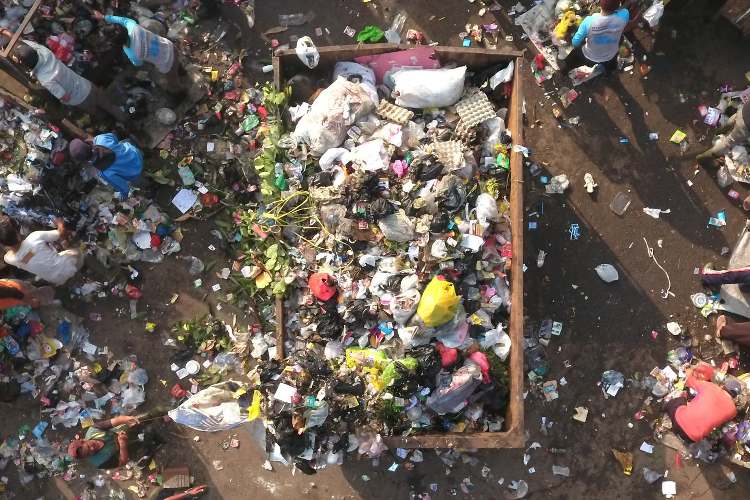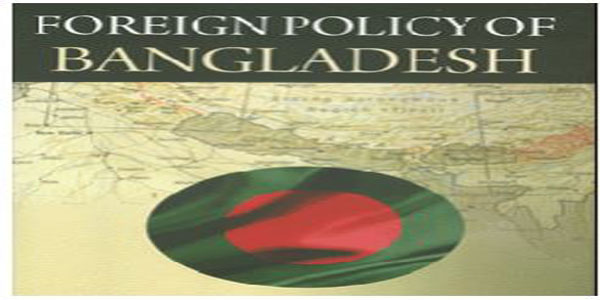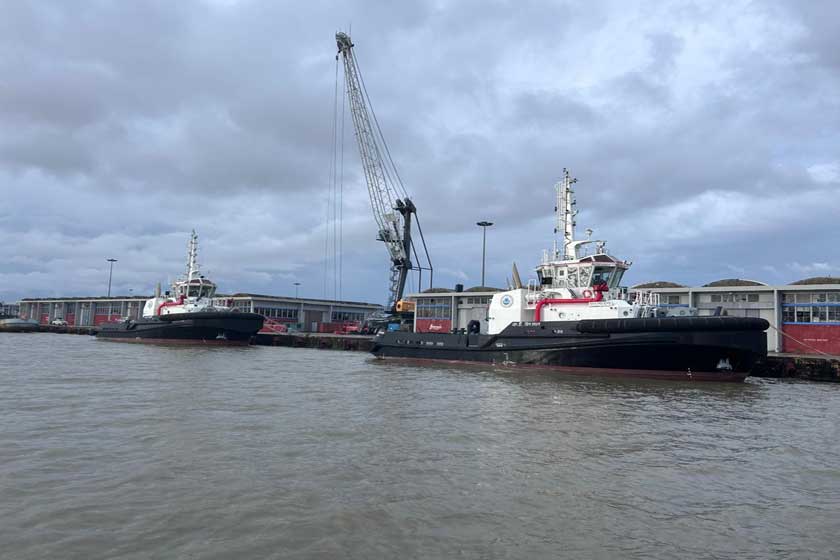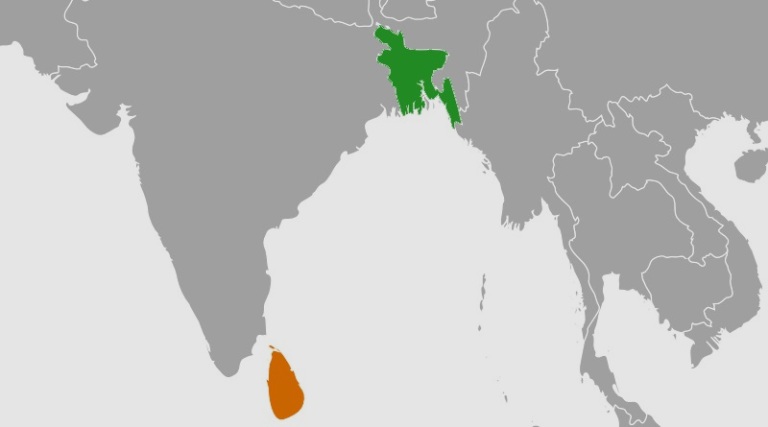
Negative coverage of plastic recycling has been growing. Lack of infrastructure means there is a big difference between what plastic is recyclable and what is actually recycled. Critics argue we should switch to alternatives and make polluters pay — is this the answer? COURTESY
Earlier this week, friends sent me a segment on plastic from John Oliver’s Last Night Tonight, where he takes aim at the plastics industry and the notion of recycling. I started working in the recycling industry a few years back, and friends were keen to know what I thought.
For those that have yet to watch it, John Oliver’s message is, in simple terms, that recycling is a con. There is a world of difference between “recyclable” and “recycled”. Recycling campaigns were a callous marketing ploy developed by the plastics industry starting form the 1980s to pass the responsibility for dealing with plastic waste from the industry to individual consumers.
The idea was that if you and I did the right thing and recycled, we could solve the problem – yet the industry knew full well that this was impossible, because across the US and around the world, the infrastructure to recycle the majority of waste plastic simply does not exist. As such, what bin consumers put their plastic in is meaningless at worst and marginal at best.
It is hard to argue with John Oliver’s diagnosis. Just 5 per cent of the plastic packaging we use globally is recycled. In developed economies like Singapore or Korea, waste plastic is sent to incinerators, while in emerging ones like Indonesia, it ends up either in unsanitary landfills and/or leaking via rivers into the ocean. As use of plastics continues to grow – particularly here in Asia – the problem will only get worse.
But what about his prescription – that the way to solve the problem is to a) use less plastic and switch to alternatives and b) to make polluters pay?
Plastic as a packaging material has enormous advantages – mostly related to its weight and cost – that alternatives like paper and glass cannot match. Bio-based plastic is an emerging solution that faces its own challenges – not least the risk of displacing virgin forest or food production in countries that can ill afford to do either. I fully agree with using less plastic – but such an edict is easier to comply with in European supermarket aisles than here in the emerging economies of Asia, where access to packaged products at low cost makes a vital contribution to health, nutrition and economic development.
So, rather than turning to alternatives, can the recycling industry do better? Can we offer a genuine solution rather than just another shallow marketing campaign?
My company, Plastic Energy, is in “advanced recycling”, a category that describes emerging technologies that process plastics that cannot be mechanically recycled. We take mixed, contaminated post-consumer plastics and turn it back into a recycled oil that can be used to make new plastics. You can already buy packaged products – like Magnums, or Tupperware – made using our process.
The technology is great – but it is not a silver bullet. Global recycling rates are low not because of lack of technology but of incentives.
Just look at Southeast Asia. Here in Singapore, there is no economic rationale to separate plastics and other recyclables from the general waste stream when it is cheaper to send everything to the incinerator. In Indonesia, local authority budgets mostly don’t stretch far enough to cover collection, never mind recycling. We could look to the EU, the world leader in plastic recycling, but which still only achieves rates of around 40 per cent - and that hides volumes that have been rejected from recycling facilities or exported overseas, but which in reality is likely to be sitting in open dumps in Malaysia or Turkey. Even getting this far has taken decades of generous government spending, subsidies and Extended Producer Responsibility (EPR) schemes that range from a few hundred to more than a thousand euros for every tonne of packaging put onto the market.
Such “polluter pays” schemes are vital to create the right incentives. Waste management systems in emerging economies are in desperate need of better funding. By turning their attention to this problem, the global plastics value chain has an opportunity to address not just plastic pollution but broader environmental degradation, poverty and labour conditions. No one should have to scavenge on landfills to make a living.
But EPR schemes are not a silver bullet either. Ultimately, they are a form of consumption tax. The companies may pay in the first instance, but over the long run those costs will be passed back onto the consumer, and in Asia, any price rises – however small – will be felt most acutely by the poor and the lower middle classes.
Governments in the region are also worried about competitiveness. The EU has introduced a tax on plastic, which has been highly effective at creating demand for recycled content, but it is hard to imagine Asian economies competing for manufacturing and value-added racing to follow suit.
As a society, we struggle to deal with plastic waste for the same reason that we struggle to deal with climate change: because the negative externality associated with plastic packaging is not captured in the cost of the product. Putting a price on plastic, and channelling the proceeds towards better waste management and recycling infrastructure, will go a long way towards solving the problem, but figuring out how to distribute the costs equitably is the tricky part. There will be opportunities too, but governments will need to stand ready to prioritise long-term sustainability at the cost of some risk to short-term competitiveness.
We can solve the plastic waste crisis by making the polluter pay – but we need to recognise that it’s not just the big companies that are implicated, but all of us.
Ying Staton, the head of corporate development in Asia for Plastic Energy, the article published in Wire.












0 Comments